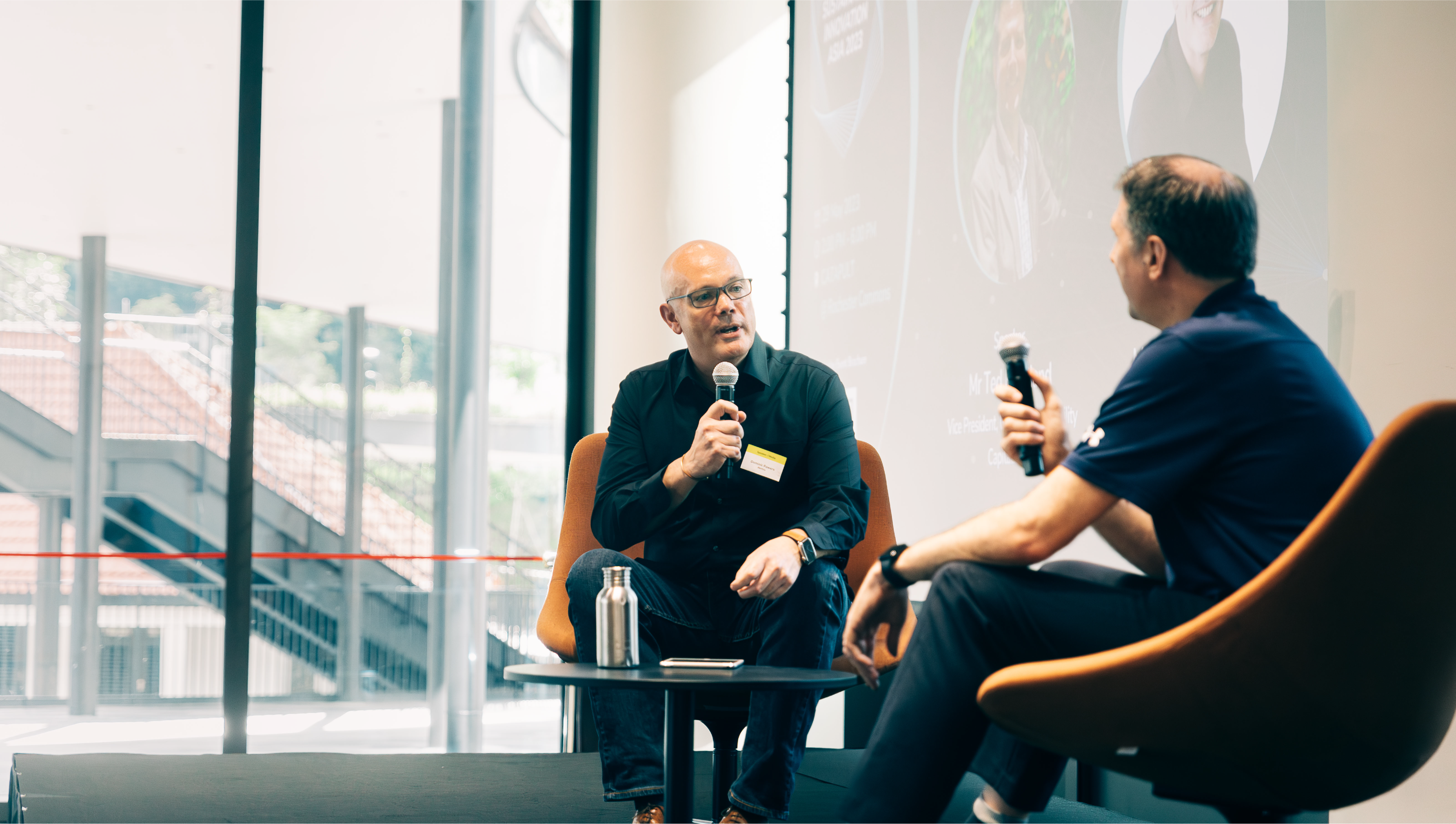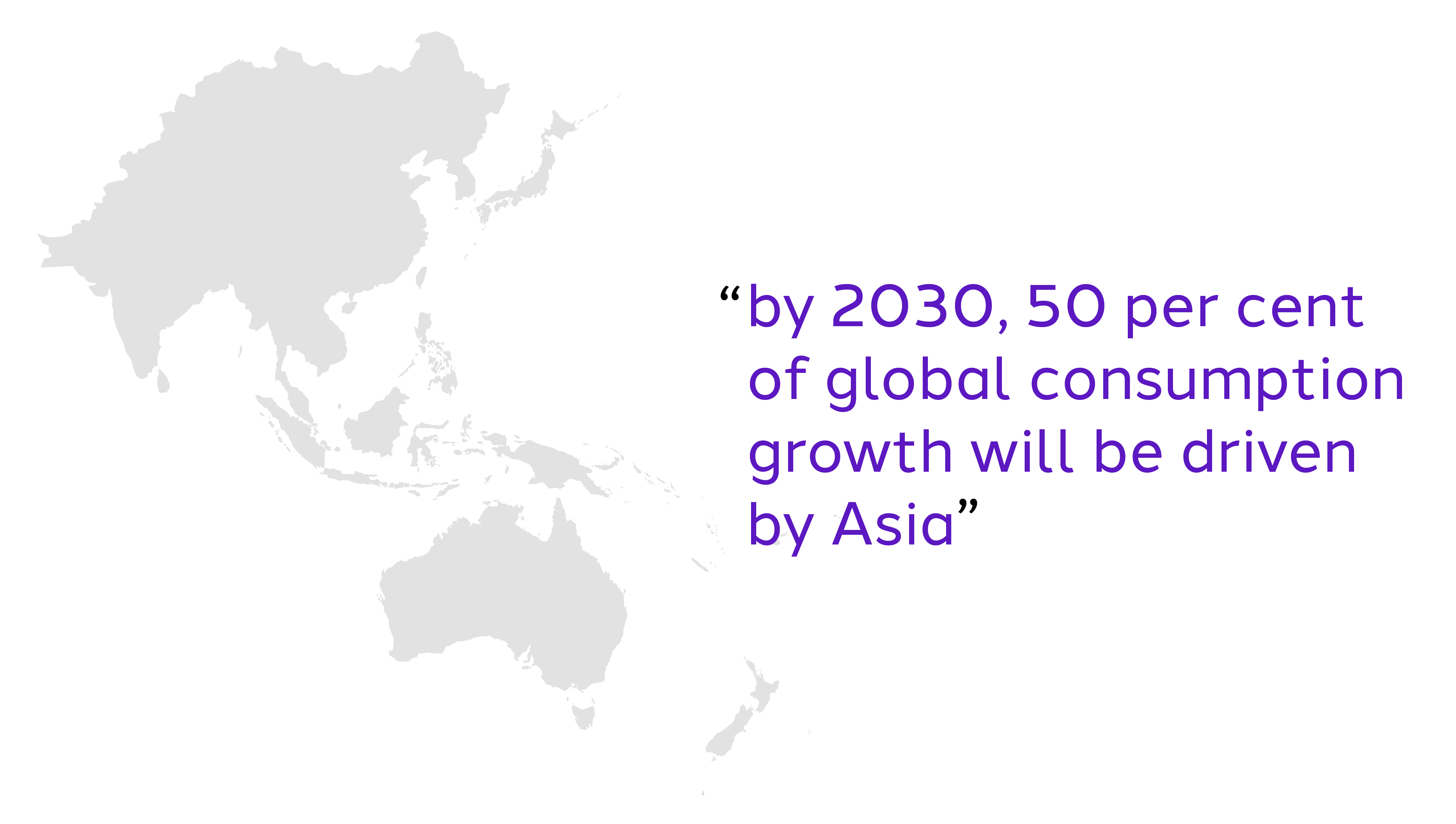I recently participated in a debate hosted by Kantar (our partners for dentsu’s research on corporate sustainability, Marketing a Better Future) where top sustainability voices from the marketing industry – brands and agencies – debated the motion ‘Brands should not prioritise their sustainability impact because driving consumer behaviour change is costly and does not drive sales’.

So much food for thought coming from expert marketers who are also passionate advocates for the planet as they wrestled with arguments ‘for’ and ‘against’.
The arguments against were predictable and you’ve most likely heard them in the corridors and meeting rooms of your own organisations:
- Driving sustainable consumer behaviour is costly.
- Sustainable products genuinely cost more to manufacture and it's hard to ask the consumer to pay more.
- Beyond actual raw materials, sustainable production processes are genuinely very complex.
- In Asia, the emerging consumer is already dealing with economic disparity. While declared intentions to “buy sustainable” are copious, most will not follow up with their wallets.

Against this backdrop, it is tempting to say, well, instead of educating the consumer or innovating towards sustainable products, companies should focus their efforts on decarbonisation. That is, decarbonising their supply chains now, and deprioritising sustainable innovation for later.
While the aforementioned sounds highly reasonable, it is not advisable.
First, we’re firmly on a path of massive growth here in Asia. According to McKinsey, by 2025, some 54 per cent of all commerce transactions will be in APAC. And by 2030, 50 per cent of global consumption growth will be driven by Asia and 55 per cent of upper middle-class income will be in the region. This makes it clear that Asia has a unique responsibility – it’ll drive global consumption while likely bearing the brunt of climate related catastrophes – but also points to the fact that we have a unique opportunity right now to influence the cultural, political and collective experience of a population just entering the consuming class whose attitudes and decisions are ripe for shaping.

Next, we have to think broadly and defensively about the impacts of climate change. Linking the cost of climate change only to the costs of dealing with climate disasters dramatically underestimates the breadth and depth of the economic implications. The true cost will be an aggregation of increasing infrastructure costs, disruptions to supply chains (such as trade bans on staple commodities like wheat due to the impact of extreme weather events), inflationary impact, higher insurance costs, and even geopolitical conflict.
A beacon of hope to be aware of is that we’re seeing positive changes in investment mandates and legal governance that are promoting sustainable innovation. The growth of sustainable investment appears unstoppable. At the beginning of 2020, the value of sustainable investment in major financial markets globally stood at $35.3tn1, according to the Global Sustainable Investment Alliance (GSIA), and accounts for 36 per cent of all professionally managed assets across the US, Canada, Japan, Australasia and Europe. The last two years alone have seen growth of 15 per cent. At the same time, planetary KPIs are becoming commonplace in new regulatory requirements such as in Singapore, China, Indonesia and the Philippines. The message? Innovate and change now or be caught scrambling or worse, become obsolete.
But there is another major reason to start now: the chance to profit. In the sphere of sustainable products and solutions, there is still a lot of scope to seize the first mover advantage. What’s more, we’ve seen that even in emerging economies in Asia, as production is scaled and prices fall, consumers are willingly adopting the more eco-friendly alternative. For example, the adoption of electric power for scooters, motorcycles, and auto-rickshaws in low and middle-income Asia is progressing at a significantly faster pace than for larger vehicles. China witnessed around 50% of two- and three-wheeled vehicles sold in 2021 being battery-powered, whereas only 16% of newly registered passenger cars followed suit. In countries like India, Indonesia, the Philippines, and Vietnam, the number of two-wheelers far exceeds that of cars by a ratio ranging from three to 30. Aside from reducing air pollution and promoting decarbonization, these changes are generating attractive profits for the companies involved. Indian automobile maker TVS Motor reported a larger-than-expected rise in second-quarter profit (almost 32%) led by strong demand for its more affordable range of two-wheelers and electric vehicles. Gogoro, a Taiwanese company specialising in battery swapping ecosystems and electric mobility solutions, reported that its battery swapping services revenue was up 14.1% year-over-year in Q3 2023 and will be expanding outside Taiwan for the first time, to India and the Philippines.
So how can businesses start driving cost effectiveness while also offering a quality product that is relevant to consumers and sustainable? The answer lies in centralising the marketing function in the sustainability transformation efforts. Sustainability has to be made an organising principle around which the marketing agenda, brand and product portfolio are built. Part of this means providing marketing teams with the necessary skills, tools, and capabilities to create impactful messaging and campaigns that align with sustainability goals and guide customers towards more planet-positive choices. But to truly foster innovation, marketing departments need a clear mandate to drive innovation. And, ideally, to own the P&L for it!
Brands have the opportunity to unlock their full potential by implementing mechanisms and incentives that allow for maximum creativity and an outside-in innovation approach. Marketing departments need the authority to collaborate internally with other business divisions and externally with ecosystem partners to be able to drive the biggest forward strides. By fuelling consumer preference-led innovation at the company and category levels, marketing can drive meaningful change at speed that resonates with people, leads to profit AND saves the planet.
To understand how your marketing team can start to transform your sustainability ambition into action, check out Marketing a Better Future.
Or complete the form below to speak to one of our experts about having sustainability be part of your roadmap to resilience.
Contact us
Leave us your details and a member of our team will get back to you as soon as possible.
Thank you!
Your details were submitted successfully.
There was a problem!
It seems there was an error submitting your details. Please try again later.
